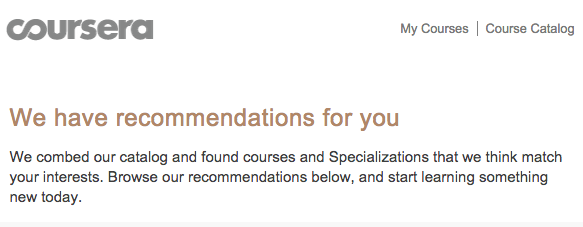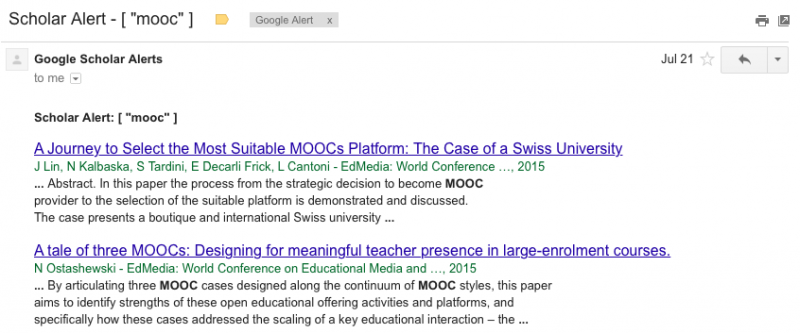My colleague Amy Collier wrote a thoughtful and reflective post on peer-review. Peer review has been a topic of conversation at a number of other spaces recently, including the Chronicle of Higher Education advice columns and Inside Higher Ed.
One of the most thoughtful writings on the topic that I have read is a conversational series of articles initiated by Kevin Kumashiro, called Thinking Collaboratively about the Peer-Review Process for Journal- Article Publication and published with Harvard Educational Review. This is an excellent piece of writing and even though it was published in 2005 it is as relevant today as it ever was. For example, here’s a sample from one of my favorite authors, William Pinar, that appears in this paper:
For professors of education, working pedagogically should structure all that we do, not just what happens in our classrooms or in our offices. Working pedagogically should structure our research as we labor to teach our students and our colleagues what we have understood from study and inquiry. It must also structure our professional relations with each other, especially during those moments of anonymity when we are called upon to critique research and inquiry that is under consideration for publication in our field’s scholarly journals. When we are anonymous, we are called upon to perform that pedagogy of care and concern to which we claim to be committed. The ethical conduct of our professional practice demands no less.
Peer-review will continue to receive attention and interest, as higher education is facing formidable technological and socio-cultural pressures. We wrote about this issue in the past in one of our papers (p. 770-771), and I am going to quote it at length here because of its relevance:
“Peer review is the first example of how seemingly non-negotiable scholarly artifacts are currently being questioned: while peer review is an indispensable tool intended to evaluate scholarly contributions, empirical evidence questions the value and contributions of peer review (Cole, Cole, & Simon,1981; Rothwell & Martyn, 2000), while its historical roots suggest that it has served functions other than quality control (Fitzpatrick, 2011). On the one hand, Neylon and Wu (2009, p. 1) eloquently point out that “the intentions of traditional peer review are certainly noble: to ensure methodological integrity and to comment on potential significance of experimental studies through examination by a panel of objective, expert colleagues”, while Scardamalia and Bereiter (2008, p. 9) recognize that “like democracy, it [peer-review] is recognized to have many faults but is judged to be better than the alternatives”. Yet, peer review’s harshest critics consider it an anathema. Casadevall and Fang (2009) for instance, question whether peer review is in fact a subtle cousin of censorship that relies heavily upon linguistic negotiation or grammatical “courtship rituals” to determine value, instead of scientific validity or value to the field, while Boshier (2009) argues that the current, widespread acceptance of peer review as a valid litmus test for scholarly value is a “faith-” rather than “science-based” approach to scholarship, citing studies in which peer review was found to fail in identifying shoddy work and to succeed in censoring originality… The challenge for scholarly practice is to devise review frameworks that are not just better than the status quo, but systems that take into consideration the cultural norms of scholarly activity, for if they don’t, they might be doomed from their inception. A recent experiment with public peer review online at Nature, for example, revealed that scholars exhibited minimal interest in online commenting and informal discussions with findings suggesting that scholars “are too busy, and lack sufficient career incentive, to venture onto a venue such as Nature’s website and post public, critical assessments of their peers’ work” (Nature, 2006, { 9). Shakespeare Quarterly, a peer-reviewed scholarly journal founded in 1950 conducted a similar experiment in 2010 (Rowe, 2010). While the trial elicited more interest than the one in Nature with more than 40 individuals contributing who, along with the authors, posted more than 300 comments, the experiment further illuminated the fact that tenure considerations impact scholarly contributions. Cohen (2010) reported that “the first question that Alan Galey, a junior faculty member at the University of Toronto, asked when deciding to participate in The Shakespeare Quarterly’s experiment was whether his essay would ultimately count toward tenure”. Considering the reevaluation of such an entrenched and centripetal structure of scholarly practice as peer review, along with calls for recognizing the value of diverse scholarly activities (Pellino et al., 1984), such as faculty engagement in K–12 education (Foster et al., 2010), we find that the internal values of the scholarly community are shifting in a direction that may be completely incompatible with some of the seemingly non-negotiable elements of 20th century scholarship.”



